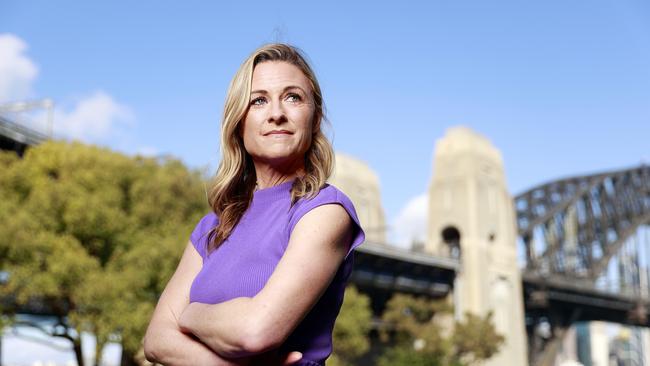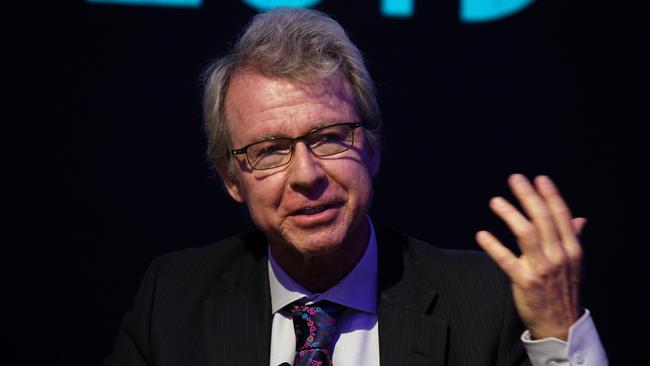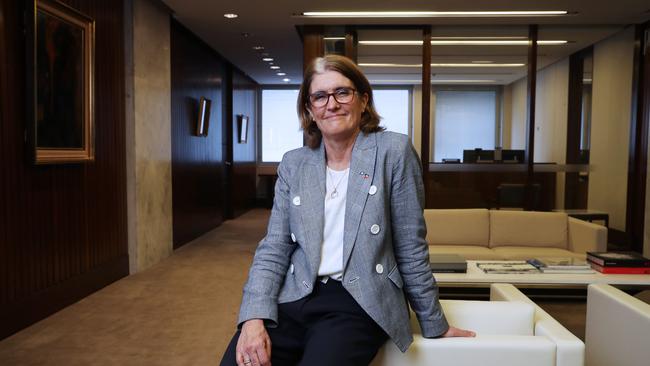NAB the first big bank to increase its fixed rates in advance of RBA meeting
NAB’s decision to increase its fixed-interest rates on home loans is a sign that banks are beginning to factor in another cash rate rise by the RBA.

NAB has increased its interest rates on fixed rate home loans, the first big bank to do so amid renewed worries the RBA could lift rates again this year given a rebound in inflation, higher oil prices and a spike in government yields.
The four major banks have recently been cutting one and three-year fixed rates for homeowners and investors, as their economists believed the official cash rate had either reached or was almost at the peak.
Some of their forecasts have included cuts to the cash rate as early as next year, from its current level of 4.1 per cent.
Locking in a fixed-rate mortgage at current levels of between 6.34 per cent and 6.59 per cent for one year and 6.24 per cent to 6.84 per cent for two years with the majors could mean higher margins to the banks when the cash rate starts falling.
However, economists say that a recent rebound in inflation will put pressure on the central bank to consider raising rates once more this year.
Sticky services inflation and high fuel prices – which overnight reached $US97 per barrel, a new 2023 high amid low US inventories – also increases the likelihood of a scenario whereby rates stay higher for longer.

“Signs of rising wages growth in enterprise bargaining agreements and still high inflation mean that the risk of another rate hike is high,” AMP chief economist Shane Oliver said.
“But if this were to occur it probably won’t come until November or December after the next round of ABS inflation and wages data and revisions to RBA forecasts.
“Given falling real retail sales and the softening jobs market it’s a tough one for the RBA and we continue to see the RBA cutting rates next year, starting around June as the economy weakens with a very high risk of recession.”
On Thursday, NAB reversed the trend by increasing its owner-occupier two-year fixed rates by 15 basis points for customers paying principal and interest, and four-year rates by 0.10 per cent for the same borrower type.
The bank also increased some investor fixed rates by up to 0.05 percentage points.
“NAB has done a partial about-turn on its lowest two-year fixed rate today, negating almost half of the cut it made just 15 days ago,” said RateCity.com.au research director Sally Tindall.
“This means NAB no longer has the lowest two-year fixed rate out of the big four banks, passing that baton on to ANZ.
“ANZ now has the lowest short-term fixed rates out of the big four banks,” she added, noting smaller lenders have much lower fixed-rate mortgages available than the majors.
“With so much movement in the market it’s no surprise the majority of borrowers aren’t willing to tie themselves to a fixed rate just yet.”

A sell-off of US government bonds has pushed their yields to six-year highs given expectations the Federal Reserve will also have to keep increasing its cash rate to combat inflation. This has strengthened the value of the dollar and put pressure on the Aussie – another factor the RBA tracks closely.
August consumer prices released on Wednesday showed annual inflation accelerated for the first time in four months to 5.2 per cent, up from 4.9 per cent in July. The move was largely driven by fuel prices and services inflation.
Most economists expect the RBA to keep the cash rate on hold when its board meets next week – the first meeting under new governor Michele Bullock. However, an increase in November is increasingly expected among economists and traders.
Markets are currently pricing a 40 per cent chance of a 25 basis point increase in the cash rate by November, after rates were kept on hold at a decade high of 4.10 per cent at the board’s September monetary policy meeting – the third time after 12 consecutive increases since May 2022.




To join the conversation, please log in. Don't have an account? Register
Join the conversation, you are commenting as Logout